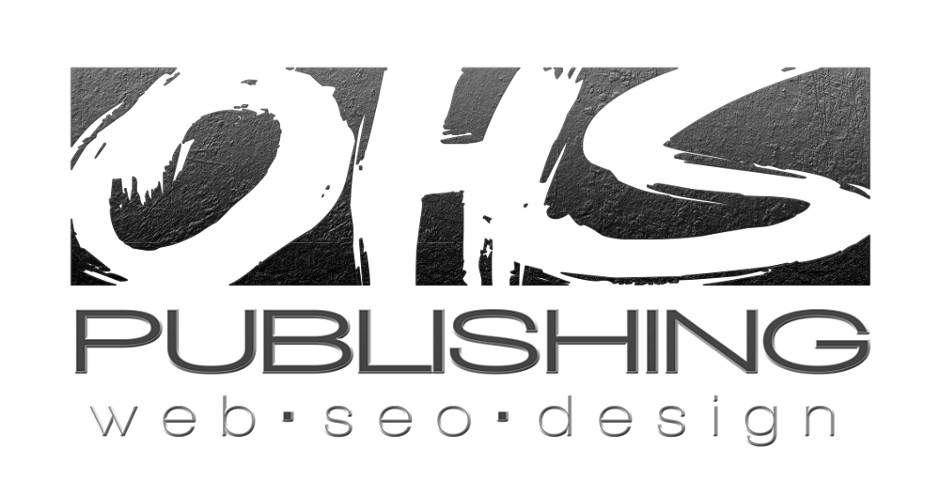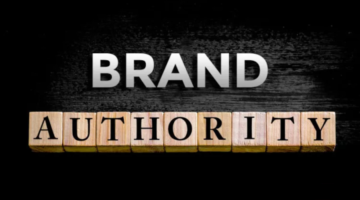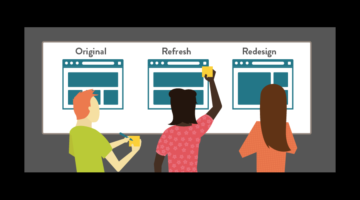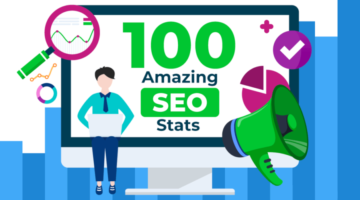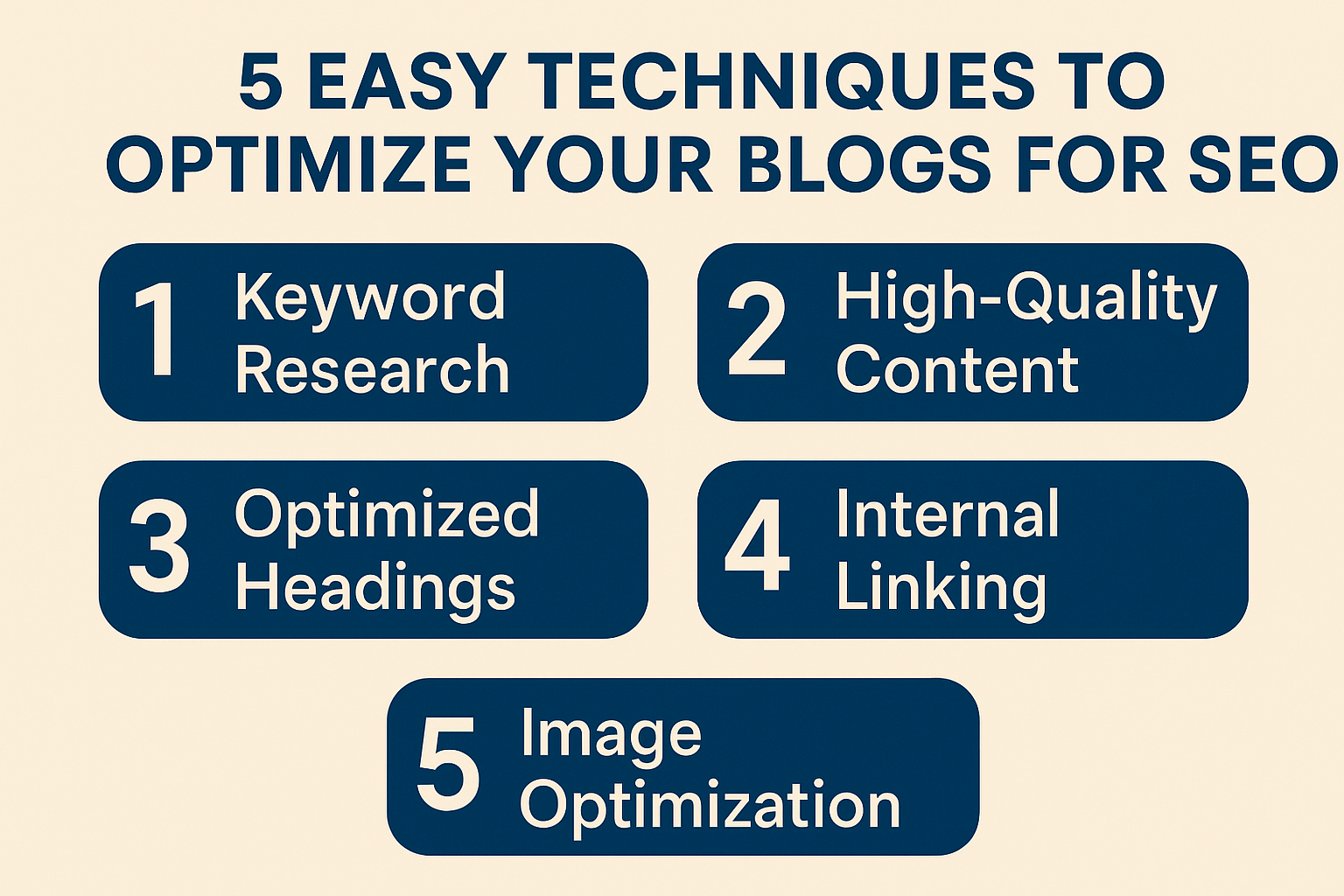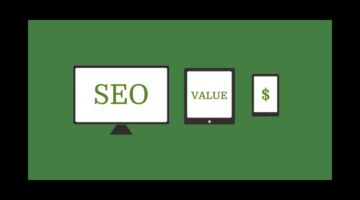Homepage Impact
First Impressions in the Digital Age: Winning Customers with Your Homepage in 2025
In today’s fast-paced digital environment, capturing and retaining customer attention hinges on the effectiveness of your website’s homepage. As we approach 2025, the importance of creating a strong first impression within seconds has never been more critical. Visitors are quicker than ever to form opinions, often deciding in a mere blink whether to trust a business based on its digital presence. With emerging trends like mobile-first layouts and AI-driven personalization becoming the norm, companies must adapt their strategies to meet these evolving expectations. This guide will explore common pitfalls in homepage design and offer practical solutions to ensure your site not only attracts but also retains customers in the competitive online landscape. According to recent web design statistics, the impact of a well-designed homepage on user engagement and conversion rates cannot be overstated. The Blink Test of Web Design
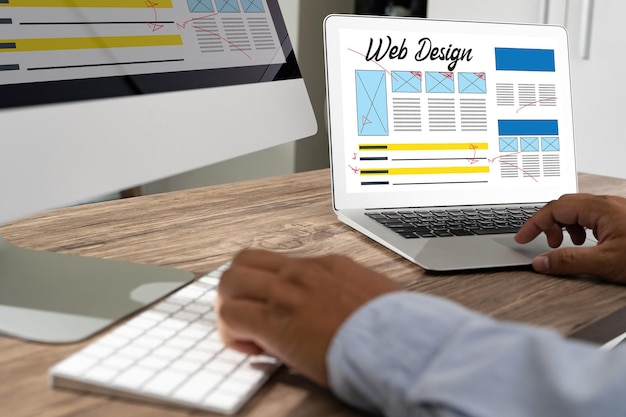
In the digital age, first impressions are formed in the blink of an eye. This section explores why these instant judgments matter and how they shape user trust and expectations in 2025.
Why First Impressions Matter
First impressions in the digital age of marketing are crucial. They set the tone for user engagement and can make or break a potential customer relationship.
Users form opinions about websites within milliseconds of landing on a page. This snap judgment influences their decision to stay, explore, or leave.
A strong first impression can lead to increased trust, more extended site visits, and higher conversion rates. It’s the digital equivalent of a firm handshake and a warm smile.
Positive first impressions also contribute to brand perception and recall. Users are more likely to remember and return to sites that initially impressed them.
Instant Judgments and Trust
In the digital realm, trust is built or broken in seconds. Users make rapid assessments of a website’s credibility based on visual cues and design elements.
Professional design, straightforward navigation, and relevant content all contribute to building instant trust. Users look for signs that a website is legitimate and reliable.
According to web design trends, factors like color scheme, typography, and layout play a significant role in these quick trust evaluations.
Security indicators, such as HTTPS and trust badges, have become essential in fostering immediate user confidence.
User testimonials and social proof, when presented effectively, can rapidly enhance credibility and trust.
The 2025 Visitor Expectations
By 2025, user expectations for websites will have evolved significantly. Visitors demand seamless, personalized experiences across all devices.
Mobile-first layouts are no longer optional but essential. Users expect websites to function flawlessly on smartphones and tablets.
As noted in the 2025 website design trends, AI-driven personalization has become standard. Users anticipate content and recommendations tailored to their preferences and browsing history.
Load times are more critical than ever. The 2025 visitor expects near-instantaneous page loads and smooth transitions between sections.
Accessibility features are now a baseline expectation, with users of all abilities demanding equal access to online content and services.
Common Homepage Mistakes
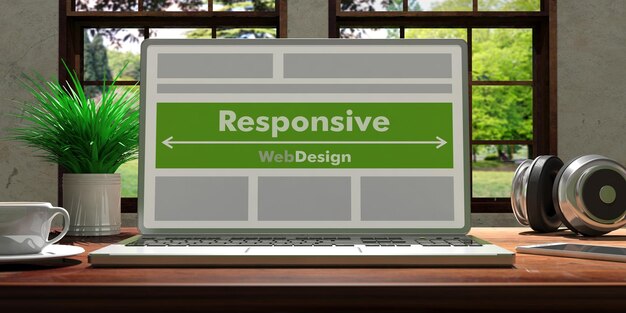
Even in 2025, many websites fall into common traps that deter visitors. This section highlights three critical errors: slow load times, cluttered design, and unclear value propositions.
Slow Load Times
Slow load times remain a significant issue in 2025, despite advances in technology. Users have become even less patient, expecting near-instant access to content.
Studies show that a delay of just a few seconds can lead to significant drops in user engagement and conversion rates. This is particularly true for mobile users, who often access sites on the go.
Optimizing images, leveraging browser caching, and using content delivery networks (CDNs) are crucial strategies for improving load times.
Website design statistics indicate that sites loading within 2 seconds have significantly higher engagement rates compared to slower counterparts.
Regular performance audits and speed testing have become standard practice for successful websites in 2025.
Cluttered Design Issues
Cluttered design remains a common pitfall in 2025, overwhelming visitors and obscuring key information. A clean, focused layout is essential for effective communication.
Too many elements competing for attention can lead to decision paralysis. Users faced with too many choices often choose none at all.
Visual hierarchy is crucial in guiding users’ attention to the most critical elements on the page. Clear headings, strategic use of white space, and thoughtful color choices all contribute to a well-organized design.
Responsive design principles help ensure that layouts remain uncluttered across various screen sizes and devices.
Regular user testing and heat mapping can reveal areas where design clutter is impeding user navigation and engagement.
Unclear Value Propositions
An unclear value proposition can quickly drive visitors away. In 2025, users expect to understand a website’s purpose and offerings within seconds.
The value proposition should be prominently displayed, typically in the hero section of the homepage. It should communicate what the business offers and why it’s unique.
Avoid jargon and overly complex language. The target audience should easily understand the value proposition.
Using customer-centric language that addresses specific pain points or desires can make the value proposition more compelling and relatable.
A/B testing different value proposition statements can help identify the most effective messaging for your audience.
Design Trends That Work in 2025

As we move further into the digital age, specific design trends have proven their effectiveness. This section explores bold typography, video banners, and the impact of personalization and accessibility in modern web design.
Bold Typography Choices
Bold typography has become a cornerstone of effective web design in 2025. It serves as a powerful tool for capturing attention and conveying brand personality.
Large, eye-catching headlines help guide users through the content hierarchy. They create visual interest and break up long sections of text.
Custom fonts and unique typefaces are increasingly used to differentiate brands and create memorable visual identities.
Web design trends show a shift towards more expressive and experimental typography, with designers pushing the boundaries of traditional type usage.
However, readability remains paramount. Designers must balance bold choices with clear, legible text to ensure effective communication.
Impact of Video Banners
Video banners have evolved to become a standard feature of engaging homepages in 2025. They offer a dynamic way to capture user attention and convey complex messages quickly.
Advances in compression technology and internet speeds have made high-quality video content more accessible across devices.
Silent autoplay videos with captions have become the norm, allowing users to engage with content without disrupting their browsing experience.
Interactive video elements, such as clickable hotspots or choose-your-own-adventure style narratives, are increasingly popular for boosting engagement.
However, it’s crucial to provide alternative content for users with slower connections or those who prefer static images.
Personalized CTAs and Accessibility
Personalization has become a key factor in homepage effectiveness. AI-driven systems now tailor call-to-action (CTA) buttons and content to individual user preferences and behavior.
CTAs adapt based on factors like user location, browsing history, and previous interactions with the site. This targeted approach significantly improves conversion rates.
Accessibility is no longer an afterthought but a fundamental aspect of design. Websites in 2025 cater to users with various abilities and preferences.
Features like high-contrast modes, text-to-speech options, and keyboard navigation have become standard. These elements not only improve accessibility but also enhance the overall user experience.
Designers now prioritize creating inclusive experiences that work for all users, regardless of their physical or cognitive abilities.
Creating a Homepage That Converts
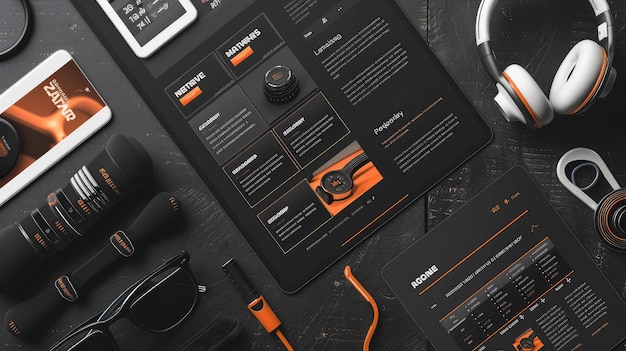
Designing a homepage that not only attracts but also converts visitors is crucial in the competitive digital landscape of 2025. This section provides a practical approach to creating an effective homepage.
Step-by-Step Design Checklist
Creating a homepage that converts requires a systematic approach. Follow this checklist to ensure your design meets 2025 standards:
-
Define your unique value proposition clearly.
-
Implement a clean, uncluttered layout with a clear visual hierarchy.
-
Optimize for fast load times across all devices.
-
Use high-quality, relevant visuals or video content.
-
Incorporate personalized elements based on user data.
-
Ensure all design elements are fully responsive.
-
Implement clear and compelling calls-to-action (CTAs).
-
Include trust signals such as customer testimonials or security badges.
-
Optimize for accessibility to cater to all users.
-
Regularly test and iterate based on user feedback and analytics.
Enhancing User Experience
Enhancing user experience (UX) is critical for homepage success in 2025. It involves creating a seamless, intuitive interface that guides visitors effortlessly.
Intuitive navigation is key. Users should be able to find what they’re looking for within seconds of landing on your page.
Personalization plays a significant role in UX. Tailoring content and recommendations based on user behavior can significantly improve engagement.
As highlighted in web design trends, micro-interactions and subtle animations can enhance the user experience by providing visual feedback and guiding attention.
Simplicity remains crucial. Avoid overwhelming users with too much information or too many options at once.
Improving Customer Retention Online
Customer retention is as necessary as acquisition. Your homepage should not only attract new visitors but also encourage existing customers to return.
Implement a loyalty program or member area that provides exclusive content or offers to returning users. This can be prominently featured on the homepage for logged-in users.
Use personalized recommendations based on previous interactions to show returning visitors content or products they’re likely to be interested in.
Regularly update your homepage with fresh content, new products, or seasonal offers to give customers a reason to come back.
Incorporate social proof elements like user-generated content or customer success stories to build trust and encourage repeat visits.
Consider implementing a notification system that alerts returning users to new features or content relevant to their interests.
Visual Transformation Examples

Seeing is believing when it comes to effective homepage design. This section provides concrete examples of successful homepage transformations and their impact on business outcomes.
Before and After Homepage Redesign
Visual examples can powerfully illustrate the impact of effective homepage design. Let’s examine a before-and-after case:
Before: The original homepage was cluttered with multiple competing elements, slow to load, and lacked a clear value proposition. The design was not mobile-responsive and used outdated typography.
After: The redesigned homepage features:
-
A clean, minimalist layout
-
A clear, prominently displayed value proposition
-
Fast-loading, high-quality visuals
-
Mobile-first, responsive design
-
Bold, modern typography
-
Personalized content sections
-
Clear, strategically placed CTAs
The transformation resulted in:
-
50% increase in time spent on site
-
30% decrease in bounce rate
-
25% improvement in conversion rate
Real-Life Success Stories
Real-world examples demonstrate the tangible benefits of effective homepage design:
“After implementing a video banner and personalizing our CTAs, we saw a 40% increase in click-through rates and a 20% boost in conversions.” – Sarah Johnson, E-commerce Director
Case Study: Tech Startup XYZ
-
Challenge: Low engagement and high bounce rates
-
Solution: Implemented bold typography, a clear value proposition, and AI-driven personalization
-
Results:
-
60% increase in user engagement
-
35% decrease in bounce rate
-
45% improvement in lead generation
-
These success stories highlight the importance of:
-
Clear communication of value
-
Engaging visual elements
-
Personalized user experiences
-
Mobile-first design approach
By learning from these examples, businesses can create homepages that not only impress at first glance but also drive meaningful results in the competitive digital landscape of 2025.
